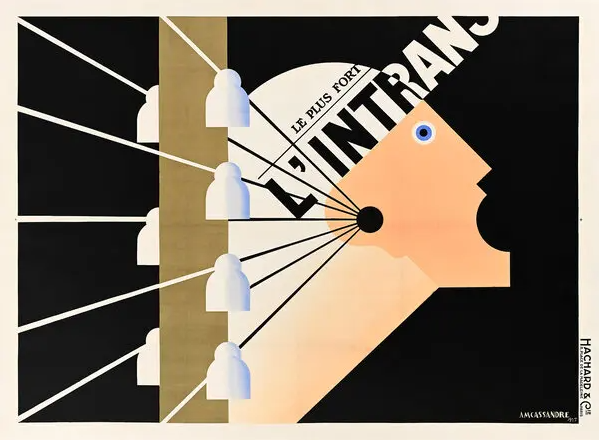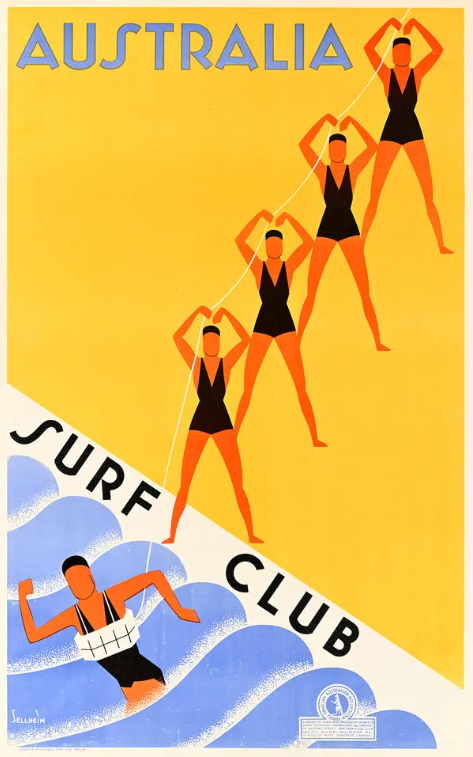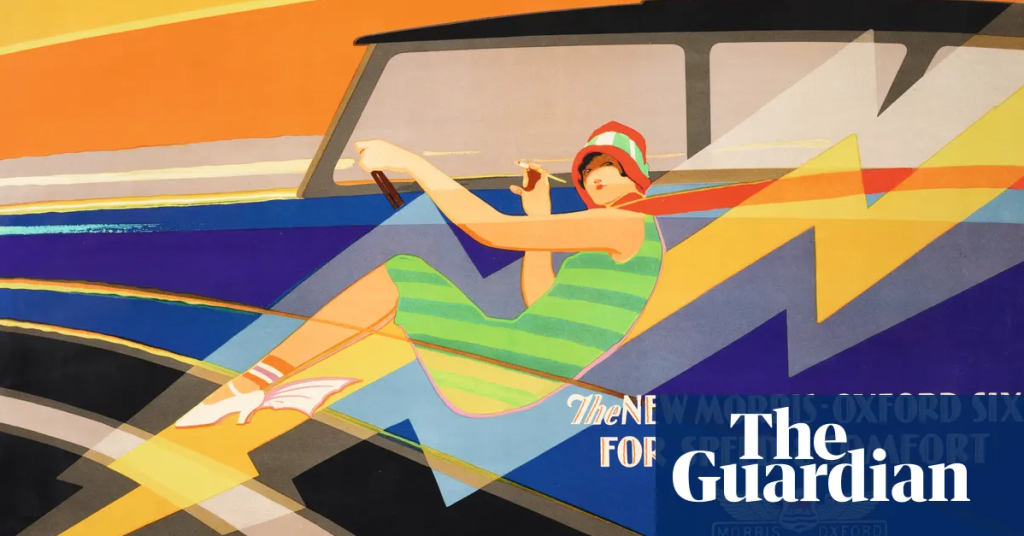In the fast-paced world of modern advertising, where attention spans are fleeting, it’s easy to overlook the rich history of advertisements that were once considered works of art. From the dazzling Art Deco designs of the 1920s to the iconic illustrations of the mid-20th century, there was a time when advertisements transcended their commercial purpose and embodied artistic excellence. In this article, we delve into the golden age of advertising, exploring the creativity, innovation, and cultural significance of these artistic masterpieces.

- The Birth of Modern Advertising:
The golden age of advertising emerged during the late 19th and early 20th centuries, as advancements in printing technology and mass production enabled the widespread dissemination of advertisements. This period witnessed the rise of consumer culture, with companies recognizing the power of visual communication to capture the attention and imagination of potential buyers.
- Artistic Influences:
The artistic movements of the time, such as Art Nouveau and Art Deco, heavily influenced advertising aesthetics. Art Nouveau’s flowing lines and organic forms inspired elegant and intricate designs, while Art Deco embraced bold geometric shapes and streamlined imagery. These artistic styles lent a sense of sophistication and allure to advertisements, elevating them to the realm of art.

- Illustrations as Visual Narratives:
Illustrations played a pivotal role in the storytelling aspect of advertisements during this period. Talented artists crafted intricate scenes that engaged viewers and conveyed messages in a visually captivating manner. These illustrations often featured glamorous figures, idyllic landscapes, and dynamic compositions that ignited the imagination and created an emotional connection with the audience.
- Magazine Advertisements:
Magazines became a prominent medium for artistic advertising during the golden age. Companies commissioned renowned artists and illustrators to create captivating visuals that adorned the pages of popular publications. These advertisements not only showcased products but also became sought-after collectibles, with readers eagerly anticipating the latest artistic creations.

- Iconic Branding:
The golden age of advertising witnessed the birth of iconic branding and mascots that have stood the test of time. From the dapper Quaker Oats man to the cheery Coca-Cola Santa Claus, these enduring characters became synonymous with their respective brands and played a significant role in shaping the cultural landscape.
- Travel Posters:
Travel posters became a canvas for artistic expression, enticing viewers with exotic destinations and picturesque landscapes. Artists skillfully captured the allure of travel through vibrant colors, sweeping vistas, and a sense of adventure. These posters not only promoted tourism but also elevated the status of advertising as a legitimate art form.

- The Evolution of Advertising:
As technology advanced and advertising became more focused on efficiency and mass appeal, the artistic qualities of advertisements gradually waned. The rise of television and digital media shifted the emphasis from visual artistry to short, attention-grabbing messages. However, the golden age of advertising remains a testament to the power of art in persuasion and the enduring impact of visually striking advertisements.
- Reviving the Artistic Spirit:
In recent years, there has been a resurgence of interest in the artistic aspects of advertising. Brands and designers are rediscovering the value of visually engaging campaigns that evoke emotions and foster a sense of connection with the audience. By embracing elements of the golden age, such as hand-drawn illustrations and retro aesthetics, advertisers are reviving the artistry that once defined the industry.

The golden age of advertising stands as a testament to the artistic brilliance and cultural impact of advertisements from a bygone era. These visually stunning creations not only sold products but also captured the essence of a time and place, leaving an indelible mark on popular culture. While the landscape of advertising has evolved, the artistic spirit of the golden age continues to inspire and shape the industry today. By recognizing the artistry of advertisements past, we can appreciate the power of visual communication and strive to infuse modern advertising with the same level of creativity, innovation, and artistic excellence.